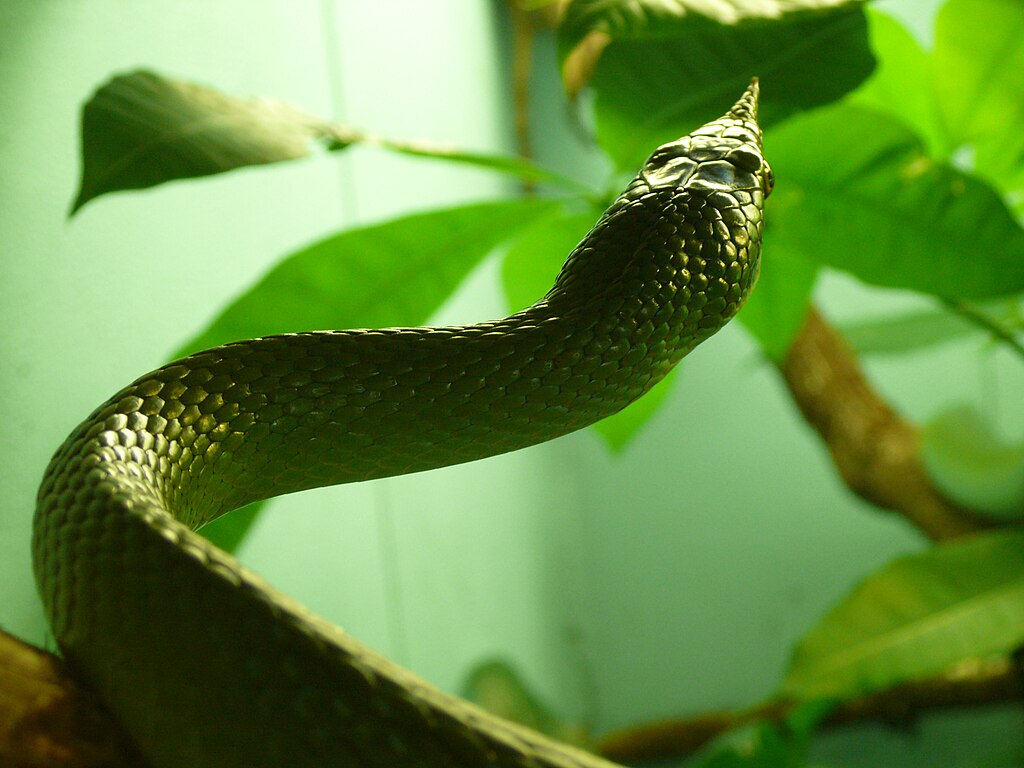The mysterious behavior of snakes curling around rocks in distinct patterns has fascinated herpetologists and nature enthusiasts for generations. These sinuous reptiles, masters of adaptation, exhibit this behavior for reasons ranging from survival tactics to physiological necessities. Far from random positioning, these coiling patterns represent millions of years of evolutionary adaptations that help snakes thrive in diverse environments. As we explore this fascinating behavior, we’ll uncover the complex interplay of instinct, environment, and survival that guides these remarkable creatures in their rock-embracing habits.
Thermoregulation: The Primary Driver
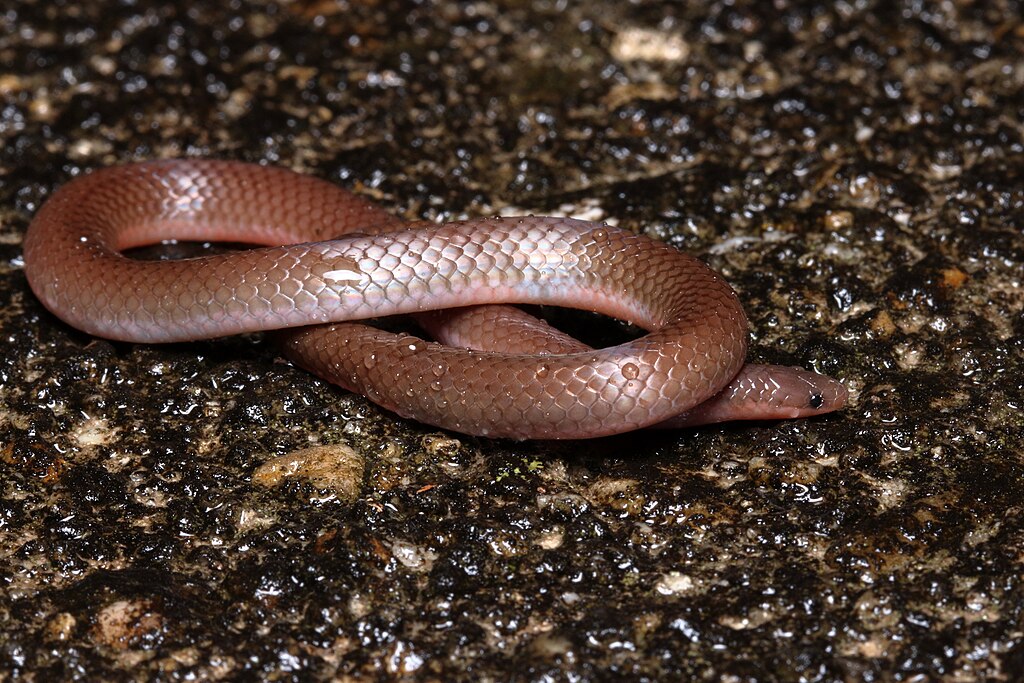
Snakes, being ectothermic or “cold-blooded” creatures, rely extensively on their environment to regulate their body temperature. Rocks serve as ideal thermal conductors, absorbing heat during sunny periods and releasing it slowly when temperatures drop. By curling around rocks in specific patterns, snakes maximize the surface area of their bodies in contact with these natural heat sources. This strategic positioning allows them to warm up quickly in the morning or cool down during extreme heat by adjusting which portions of their bodies touch the rock surface. The specific circular or spiral patterns often observed aren’t random but represent the optimal configuration for temperature regulation while maintaining a defensive posture.
Defensive Positioning Around Rocks
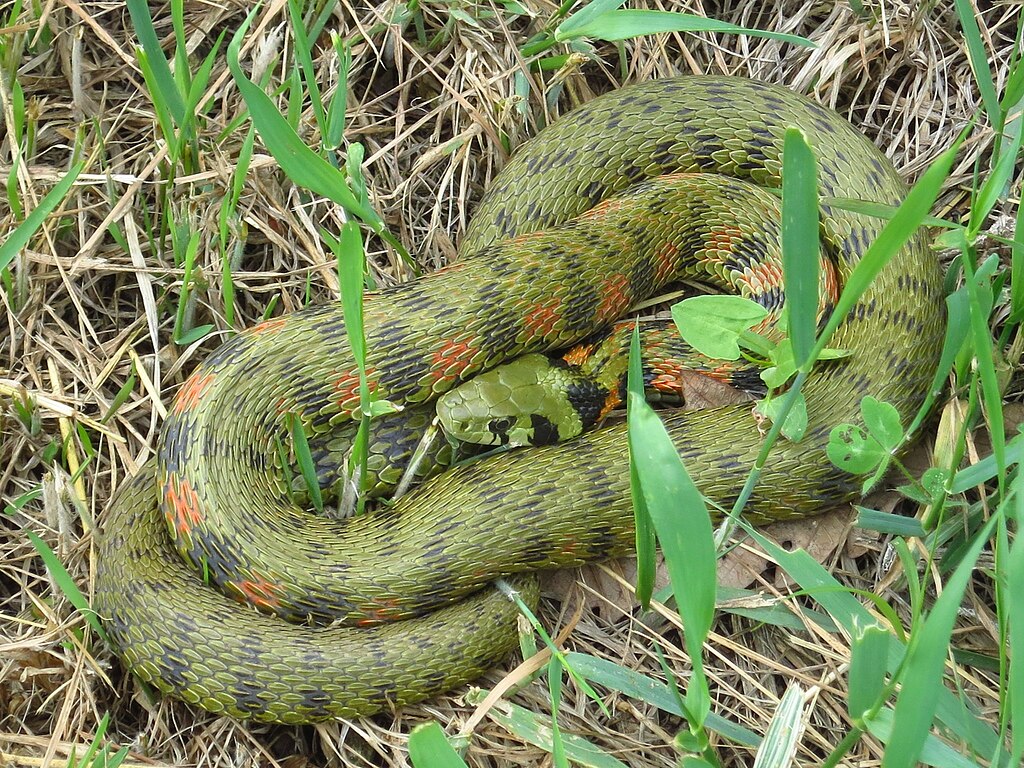
When a snake curls around a rock, it often adopts a position that serves as an excellent defensive strategy against predators. The rock provides a solid anchor point that prevents predators from attacking from below while the snake maintains vigilance in all directions. These coiled positions allow for quick striking capability if threatened, as the snake can launch from its coiled position with maximum force and precision. Many species will position themselves with their head tucked safely in the center of the coil while maintaining peripheral awareness through vibration detection. This defensive coiling behavior is particularly common in venomous species like rattlesnakes, which may enhance their protective posture by incorporating warning sounds.
Moisture Conservation Techniques
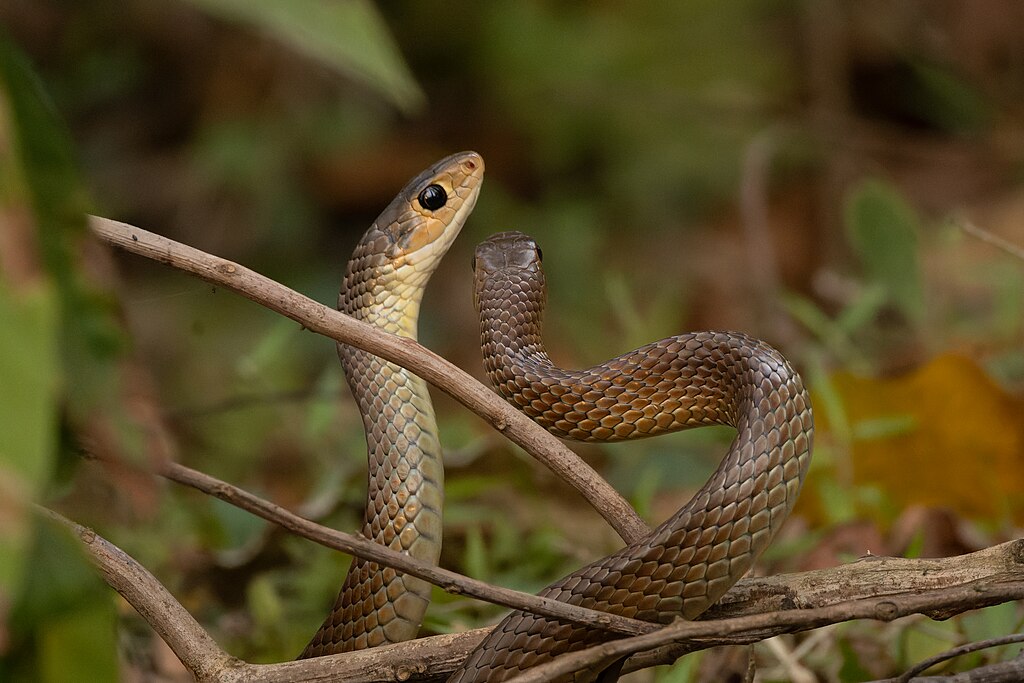
Rocks often retain moisture underneath and around them, creating microenvironments of higher humidity even in arid regions. Snakes exploit this moisture retention by curling around rocks in patterns that minimize water loss through their skin. By pressing portions of their body against the cooler, moister surfaces beneath rocks, they can reduce dehydration risk substantially. Some species have been observed adjusting their coiling patterns seasonally, with tighter, more comprehensive rock contact during dry seasons. For desert-dwelling species like sidewinders and certain rattlesnakes, this moisture-conserving behavior can be the difference between survival and fatal dehydration during extended drought periods.
Ambush Predation Strategies

Many snake species are ambush predators, and rocks provide ideal staging grounds for hunting. By curling around rocks in specific patterns, snakes create camouflaged positions that conceal their presence from unsuspecting prey. These strategic positions often place the snake’s head at an optimal striking angle while keeping most of its body hidden or appearing as part of the rock formation. Species like the gaboon viper and many pythons have evolved coloration and patterning specifically to blend with rocky environments when coiled in these positions. Researchers have documented that successful ambush predators will return repeatedly to the same rocks and assume nearly identical coiling patterns that previously yielded successful hunts.
Shedding Facilitation Through Rock Contact
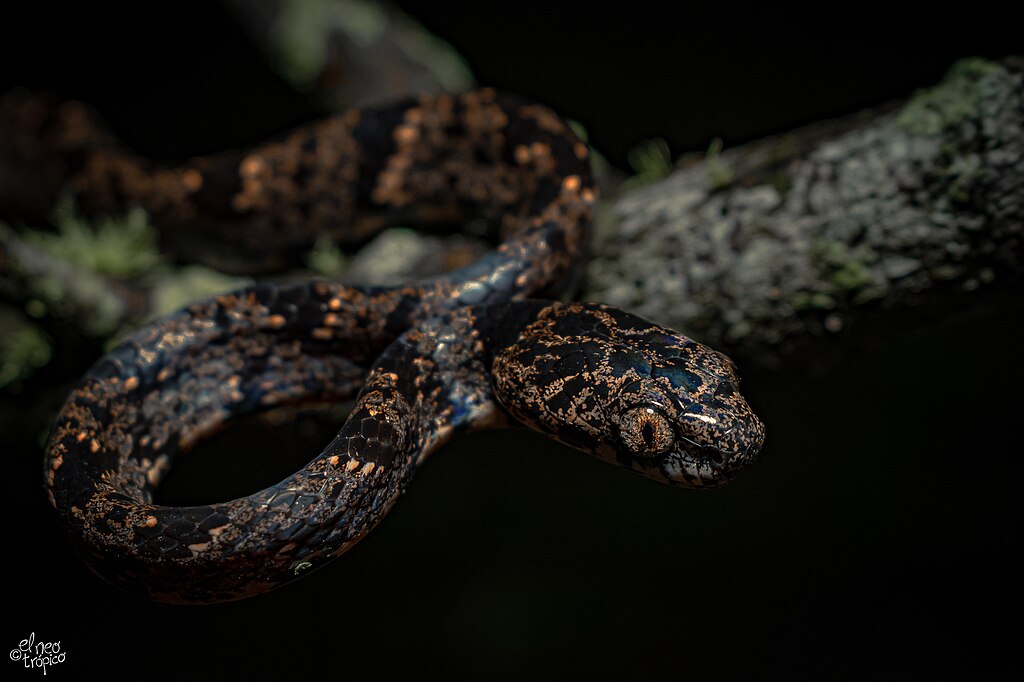
During the process of shedding their skin (ecdysis), snakes often seek out rough surfaces like rocks to facilitate the removal of the old skin layer. The specific curling patterns observed during this time help snakes create friction points against the rock surface. By strategically positioning their body around rocks with varied textures, snakes can work off the loosening skin more efficiently than they could on smoother surfaces. Some species have been observed spending days coiled around the same rock formation before and during shedding, adjusting their position periodically to address different sections of skin. This behavior is particularly noticeable in larger species like boas and pythons, whose substantial size makes the shedding process more energy-intensive.
Courtship and Reproduction Behaviors

Rocks serve as important landmarks for breeding snakes, and specific coiling patterns may play roles in courtship and mating rituals. Male snakes often coil around rocks in territories frequented by females, using these elevated positions to detect pheromone trails. During mating season, certain species exhibit specialized coiling patterns that signal reproductive readiness to potential mates. Female snakes, particularly viviparous (live-bearing) species, may adopt specific coiling patterns around warm rocks to optimize gestation temperatures for developing embryos. Some oviparous (egg-laying) species have been documented coiling around rocks near suitable egg-laying sites as part of pre-reproductive behavior.
Protection From Environmental Elements
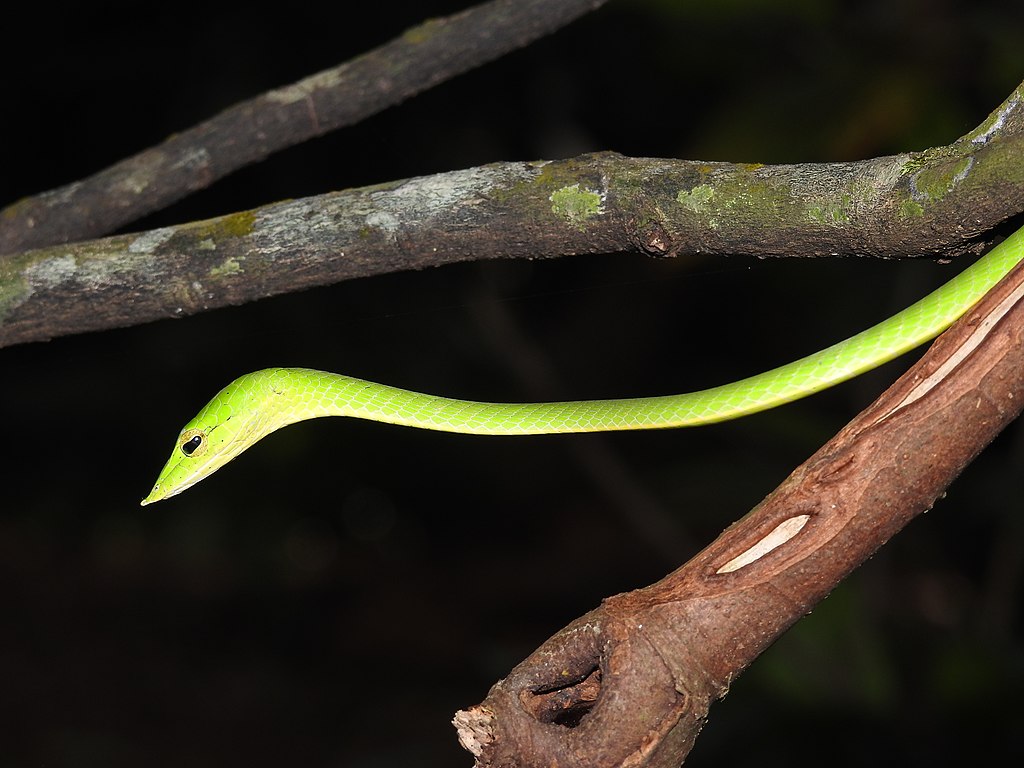
Beyond temperature regulation, snakes coil around rocks as protection against environmental challenges like wind, rain, and extreme sun exposure. The specific patterns of these coils often maximize shelter while maintaining vigilance and escape routes. During storms or high winds, tighter coiling patterns have been observed that anchor the snake more securely to the rock surface. In regions with seasonal flooding, elevated rock formations become crucial survival zones, with snakes adopting coiling patterns that keep their head positioned above potential water levels. These protective behaviors are particularly evident in regions with extreme weather fluctuations, where rock formations represent reliable shelter in unpredictable conditions.
Species-Specific Coiling Patterns

Different snake species exhibit unique coiling patterns around rocks that reflect their evolutionary history and ecological niche. Rattlesnakes typically form tight, defensive coils with their rattle exposed for warning, while rat snakes may adopt looser, more extended patterns that facilitate quick movement. Aquatic species that occasionally bask on rocks, like water snakes, often display flattened, spread coiling patterns that maximize sun exposure for rapid warming. These species-specific patterns are partly instinctual and partly learned through experience, with juvenile snakes refining their coiling techniques as they mature. Researchers can often identify snake species simply by observing their characteristic coiling patterns, even when the animal itself is partially concealed.
Rock Selection Criteria

Snakes don’t select rocks for coiling randomly but show distinct preferences based on several factors. Size relationship is critical—the rock must be proportionate to the snake’s body to provide optimal benefits for thermoregulation and protection. Texture also matters significantly, with many species preferring rocks with moderate roughness that provides grip without causing scale damage. Location plays a crucial role, with preferred rocks typically positioned to receive optimal sunlight while remaining close to retreat options like crevices or vegetation. Some snakes have been observed “testing” multiple rocks in an area before settling on one that meets their specific requirements, suggesting a complex decision-making process.
Seasonal Variations in Rock-Coiling Behavior
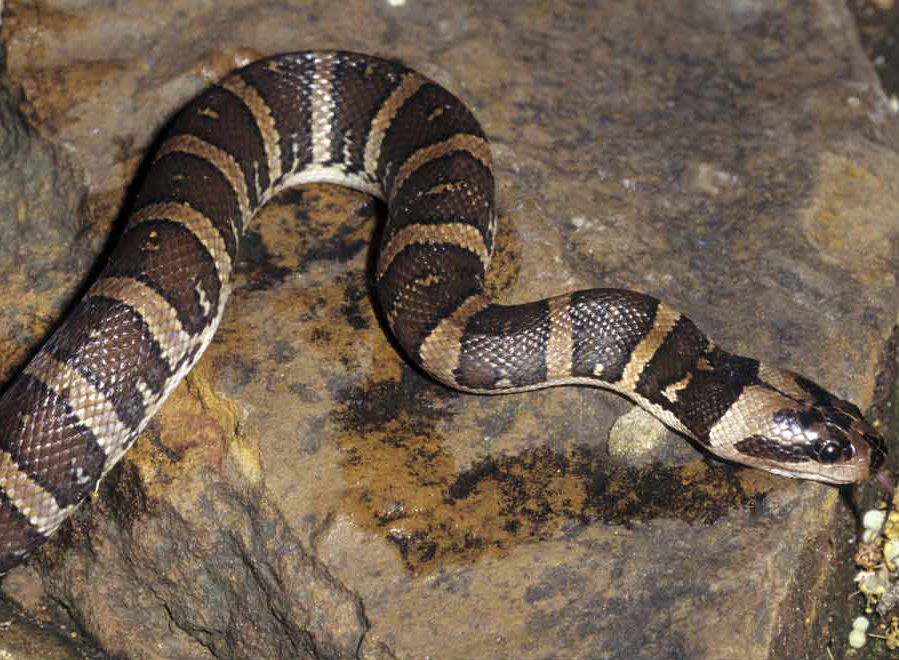
Snake coiling patterns around rocks change distinctly with the seasons, reflecting different biological priorities throughout the year. During spring emergence from brumation (reptilian hibernation), snakes often adopt flatter, more exposed coiling patterns that maximize solar gain after the winter period. In contrast, summer patterns typically involve more selective contact with rocks, often utilizing shade patterns or morning-only exposure to prevent overheating. Fall coiling behaviors frequently involve longer periods of rock contact, building up thermal reserves before winter dormancy. These seasonal adaptations in coiling behavior demonstrate the remarkable behavioral plasticity of snakes in response to changing environmental conditions.
Communal Coiling Phenomena
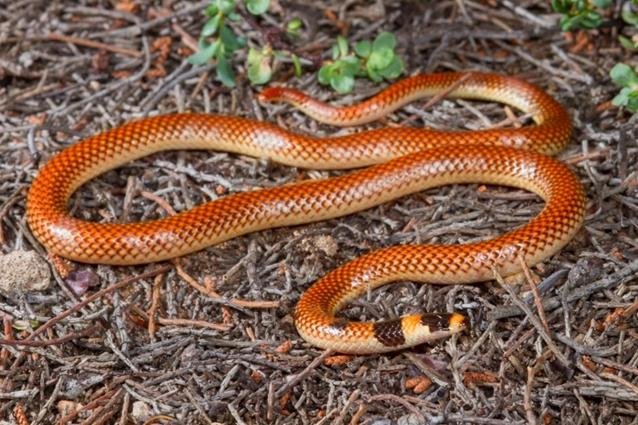
In certain circumstances, multiple snakes may coil around the same rock in coordinated patterns, creating a striking visual phenomenon that serves several potential functions. These communal coiling events are most common during spring emergence or in areas with limited optimal basking sites. Hierarchy patterns often emerge in these groupings, with larger or more dominant individuals securing the most desirable positions on the rock. Scientists have observed that these communal coiling arrangements, while appearing cooperative, still maintain individual spacing that minimizes physical contact between snakes. This behavior is particularly well-documented in garter snakes and certain rattlesnake species, where dozens or even hundreds of individuals may share large rock formations while maintaining specific coiling patterns.
How Human Activity Impacts Snake Coiling Patterns
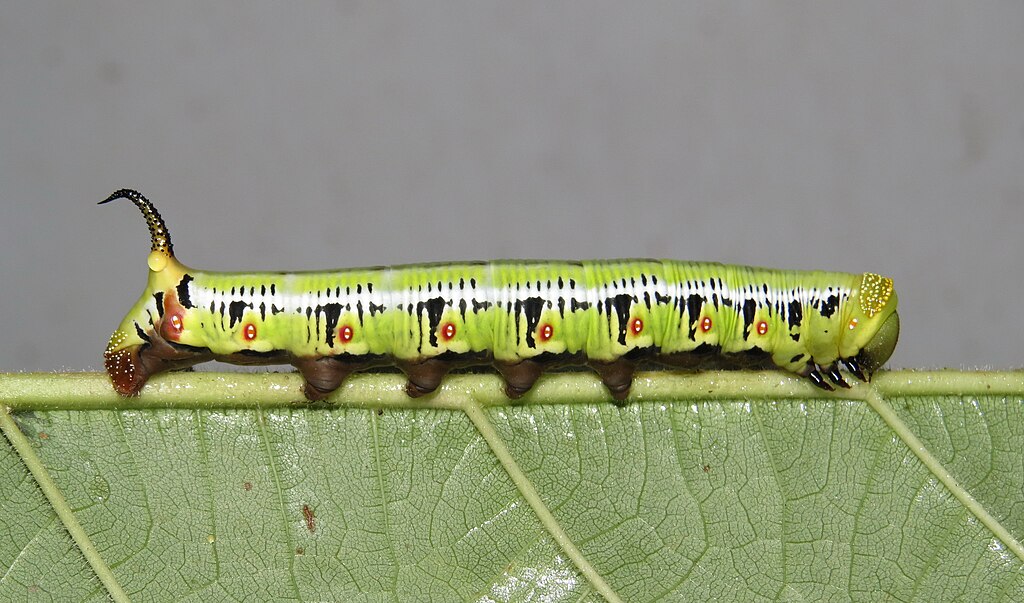
Human landscape modifications have significantly altered traditional snake rock-coiling behaviors in many ecosystems. Quarrying and rock removal for construction have reduced available natural coiling sites, forcing snakes to adapt to artificial structures or suboptimal alternatives. Climate change is altering thermal patterns of rock formations, requiring snakes to modify traditional coiling positions and timing to achieve the same thermoregulatory benefits. Conservation efforts increasingly include the preservation or creation of rock features specifically designed to support native snake populations’ natural coiling behaviors. Understanding these patterns has become vital for wildlife management, as the specific rock-coiling needs of endangered snake species must be considered in habitat restoration projects.
Evolution of Rock-Coiling Behavior
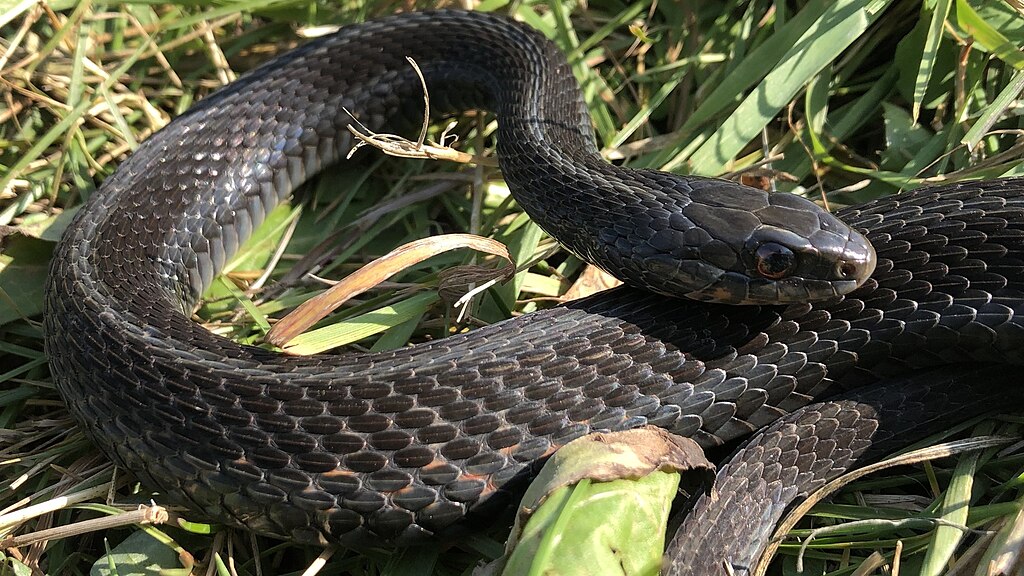
The specialized behavior of snakes coiling around rocks has deep evolutionary roots dating back millions of years. Fossil evidence suggests ancient snake ancestors utilized rock formations for similar purposes, with skeletal adaptations that facilitated effective coiling. The behavior likely evolved independently in multiple snake lineages as they adapted to diverse habitats throughout the world. Studies of closely related species show that rock-coiling behaviors become more specialized in environments where rocks represent critical survival resources. This remarkable behavioral adaptation demonstrates how snakes have refined their relationship with their physical environment over evolutionary time, developing intricate behavioral patterns that maximize the benefits of seemingly simple interactions with rock formations.
Snake coiling patterns around rocks represent a fascinating intersection of instinct, adaptation, and environmental interaction. Far from being random behavior, these specific patterns reflect millions of years of evolutionary refinement aimed at survival in diverse and challenging environments. By understanding these patterns, we gain insight not only into snake behavior but also into the delicate balance between wildlife and their habitats. As climate change and habitat destruction continue to alter natural landscapes, the ability of snakes to maintain these crucial rock-coiling behaviors may become an important indicator of ecosystem health and resilience. For these remarkable reptiles, a simple rock is not merely an object in their environment but a multi-purpose tool essential for their complex lives.

